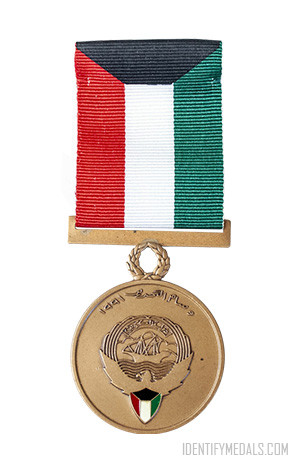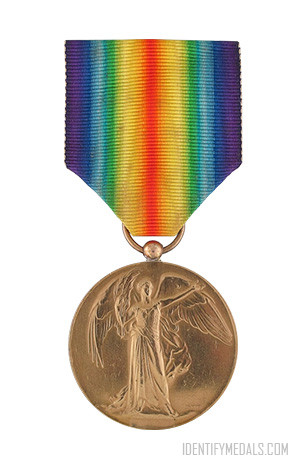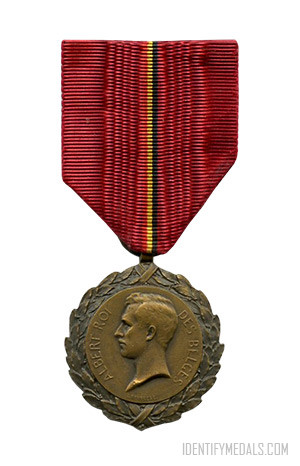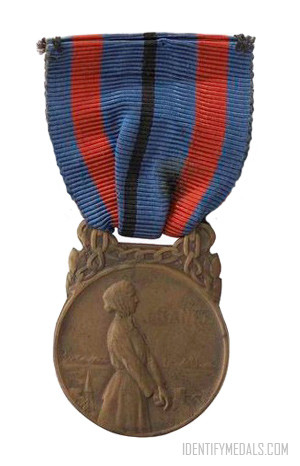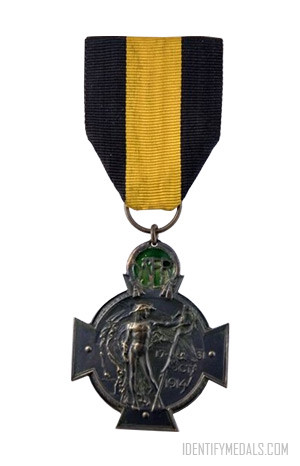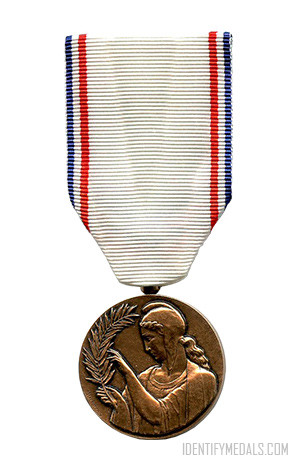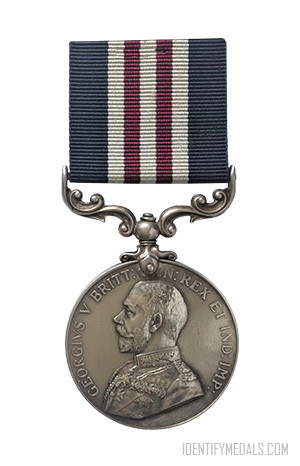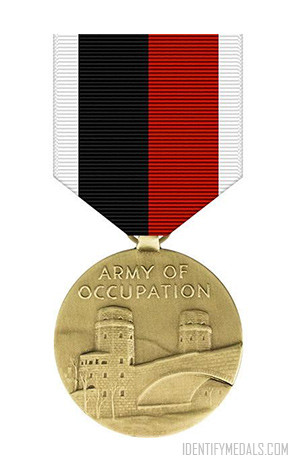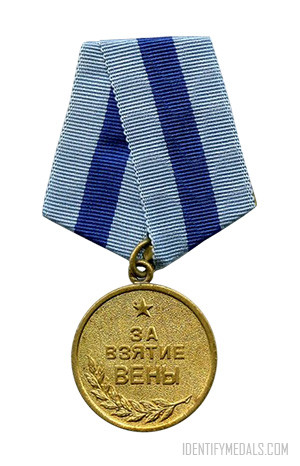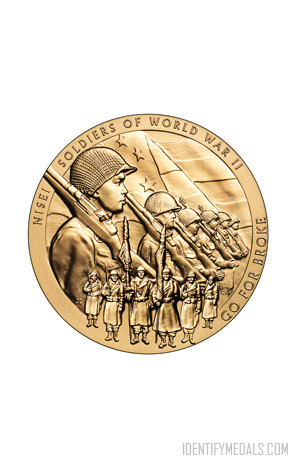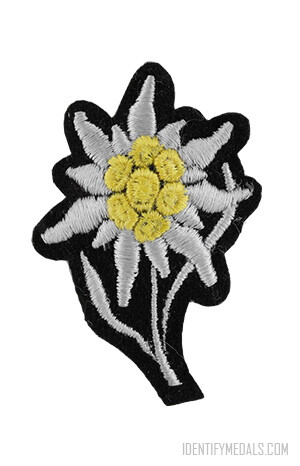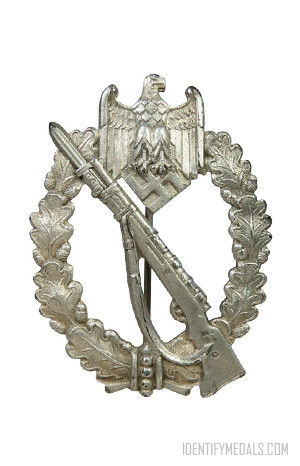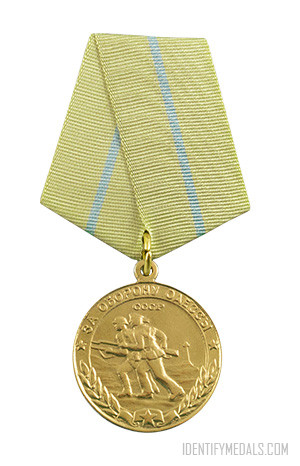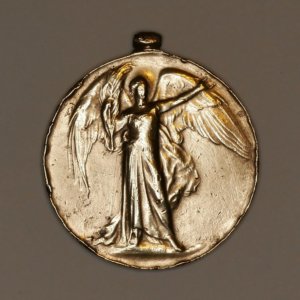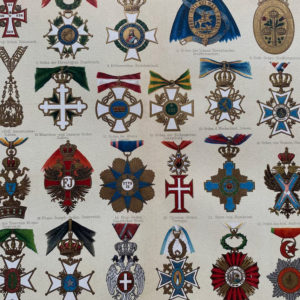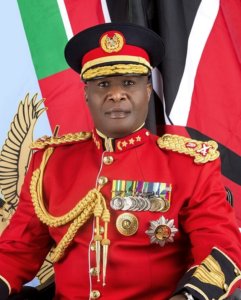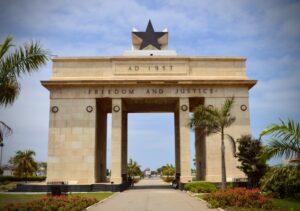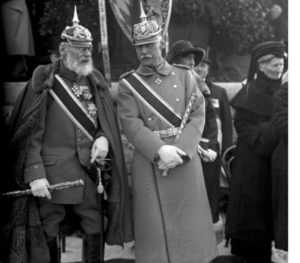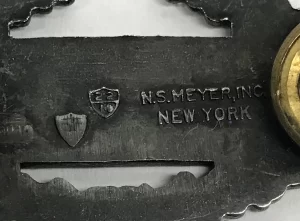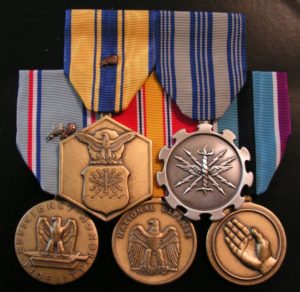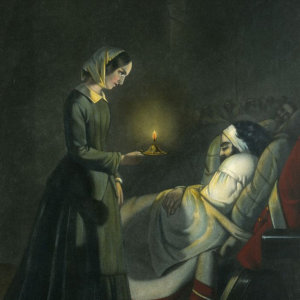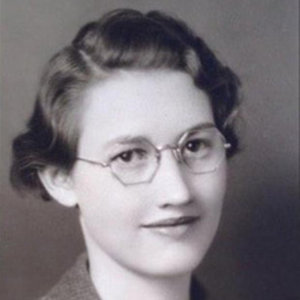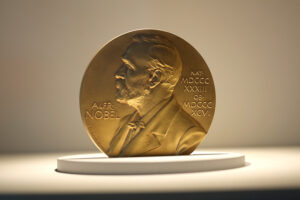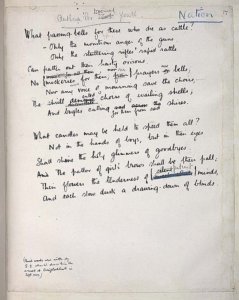- Time Period: Gulf War (Post-WW2)
- Institution: July 16, 1994
- Country: Kuwait (Other Countries)
The Medal for the Liberation of Kuwait (or Wisam Al-Tahrir وسام التحرير in arabic) was an award issued by the government of Kuwait for service during the Liberation of Kuwait campaign, 1990–91.
The medal was approved by the Kuwait Council of Ministers for award in five classes, generally according to the rank of the recipient. The medal was offered by the Chief of Staff of the Kuwait Armed Forces on July 16, 1994.
The Australian Government, as well as the governments of Canada and United Kingdom had decreed that personnel may accept their medals as a keepsake but permission to wear them in uniform has so far been refused. The only country that allowed them to be worn was France, who accepted all grades version for their personnel according to their rank at the time of Operation Desert Storm.
The Medal for the Liberation of Kuwait (Kuwait) Design
A nation of seafarers and ship builders, Kuwait chose as their coat of arms, the traditional dhow. Falconry is the sport of Kings in the Persian Gulf, and the falcon in the arms is seen as a symbol of Kuwaiti prowess. The official symbolism of the colors is that black symbolizes battlefields, white is for deeds, green is for the meadows, and red is for the blood of Kuwait’s enemies.
The medal is awarded in five classes.
5th Class (for non-commissioned personnel): A bronze medal with enamel, 1 9/16 inches (40 mm) in diameter suspended from a bar by a wreath. The obverse bears the Coat of Arms of the State of Kuwait (the shield of the flag design in color superimposed on a falcon with wings displayed). The falcon supports a disk containing a sailing ship with the full name of the State written at the top of the disk. At the top of the medal is the inscription “1991 LIBERATION MEDAL” in Arabic letters. The reverse side is the map of Kuwait on a rayed background. The ribbon consists of three equal stripes 29/64 inch (11.5 mm) each of Old Glory Red 67156; White 67101; and Irish Green 67189. A black trapezium is at the top of the ribbon drape and service ribbon.
4th Class (for warrant and junior commissioned officers): A dull grey metal medal, suspended from a bar engraved with laurel leaves. The obverse bears a fully sized, five pointed star over a pattern of engraved rays with the centre containing the same falcon and dhow emblem as the fifth class medal and the reverse the same map and rayed background.
3th Class (for field-grade and equivalent officers): A bright gilt medal of similar design to the fourth class medal. The points of the star are considerably rounded and, instead of the rayed background, the medal is pierced between the star and the outer circle.
2nd Class (for one and two star officers): A golden star overlaying a laurel wreath. The center emblem is significantly smaller than for the lower classes of medal. There is Arabic writing above and below the center emblem. The star is suspended directly from the ribbon, by a ring attached to the wreath.
1st Class (for three and four star officers): A neck decoration of large pattern. Similar to the second class medal but the star is enameled in with red points and a white circle surrounding the center emblem. The white circle contains a geometric outer pattern in gold and Arabic writing above the center. Pierced rays, of differing lengths, lie behind the wreath. The star is suspended from its high point.

